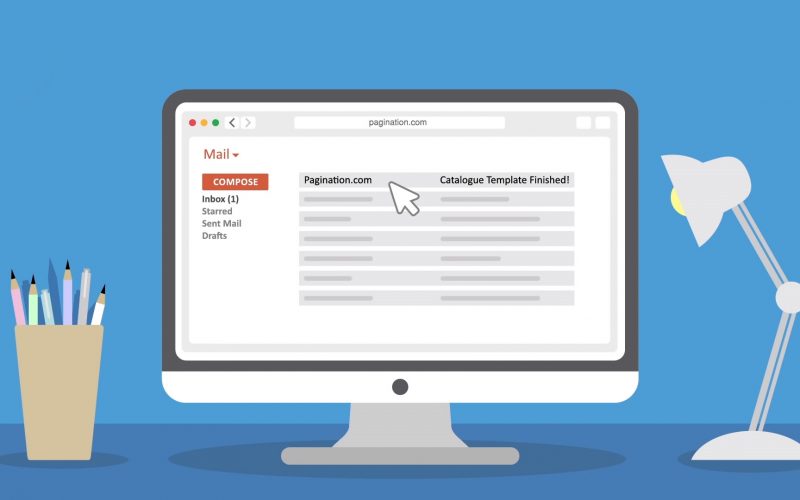Handling pagination and navigating through multiple pages is a common challenge when performing data extraction or scraping tasks. Many APIs and websites divide data into multiple pages to prevent overwhelming response sizes. Here are some strategies to handle pagination and navigate through multiple pages:
- Understand the Pagination Structure:
Review the API documentation or analyze the website to understand how pagination is implemented. Common pagination techniques include:- Page Numbers: The API or website may provide a parameter that allows you to specify the page number in the API request. You can iterate over the page numbers to retrieve data from each page.
- Cursor-Based Pagination: Instead of using page numbers, the API or website may use a cursor or a token that represents a specific position or marker in the dataset. You use this cursor to retrieve subsequent pages of data.
- Offset and Limit: The API or website may utilize an offset and limit approach, where you specify the number of records to skip (offset) and the maximum number of records to retrieve (limit) in each request.
- Infinite Scrolling: Websites with infinite scrolling load more data dynamically as the user scrolls down. In this case, you may need to simulate scrolling or send additional requests to retrieve more data.
Understanding the specific pagination structure will help you determine the appropriate approach to navigate through the pages and retrieve all the desired data.
- Extract Data from Each Page:
Once you understand the pagination structure, follow these steps to extract data from each page:- Make an API request or send an HTTP request to the website’s URL with the necessary parameters to retrieve the data from the first page.
- Extract the relevant data from the response using JSON or XML parsing techniques, as discussed in previous responses.
- Process and store the extracted data for further analysis or use.
- Implement Pagination Logic:
To navigate through subsequent pages and retrieve all the data, you need to implement pagination logic. The specific logic will depend on the pagination structure used by the API or website. Here are some common approaches:- Page Number Increment: If the API or website uses page numbers, increment the page number in each subsequent request until you reach the last page.
- Cursor Advancement: If the API or website uses a cursor or token, include the cursor in each subsequent request to retrieve the next page of data. Update the cursor value as you progress through the pages.
- Offset and Limit Adjustment: If the API or website employs offset and limit, adjust the offset value in each subsequent request to skip the already retrieved records and retrieve the next batch of data.
- Infinite Scrolling Simulation: If the website has infinite scrolling, simulate scrolling behavior by sending additional requests or interacting with the necessary elements to trigger the loading of more data. Monitor the responses or DOM changes to detect when new data is available.
- Handle Rate Limits and Throttling:
Some APIs or websites impose rate limits or throttling to prevent abuse and ensure fair usage. Pay attention to the rate limits specified in the API documentation or observe any response headers indicating rate limit information. Adhere to these limits and implement appropriate throttling mechanisms to avoid being blocked or flagged as suspicious. - Monitor and Handle Errors:
During pagination, unexpected errors or inconsistencies may occur. Implement error handling mechanisms to handle scenarios such as network errors, API errors, or missing data. Log any errors encountered and consider retrying failed requests or implementing fallback strategies.
By understanding the pagination structure, implementing the appropriate pagination logic, and handling errors effectively, you can navigate through multiple pages and extract the complete dataset during your data extraction or scraping process.
SHARE
